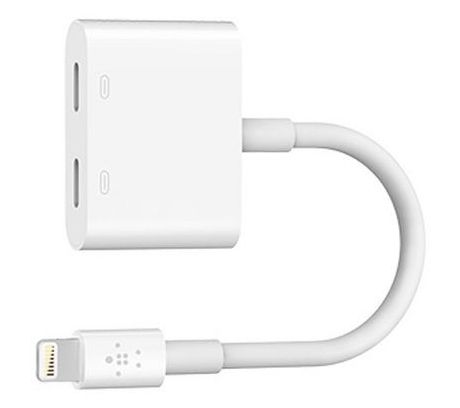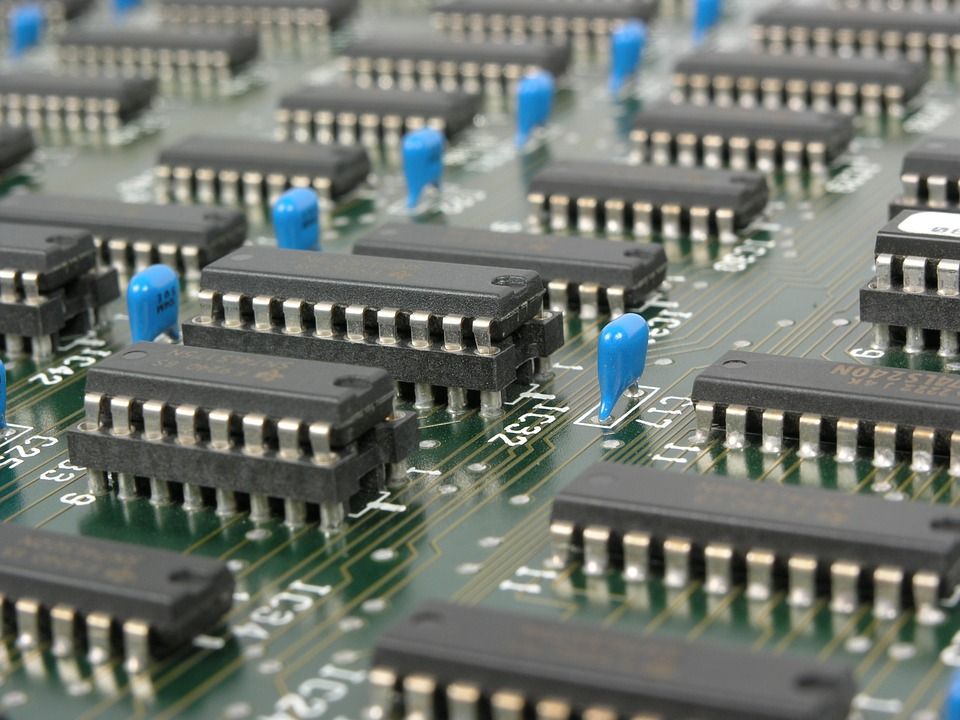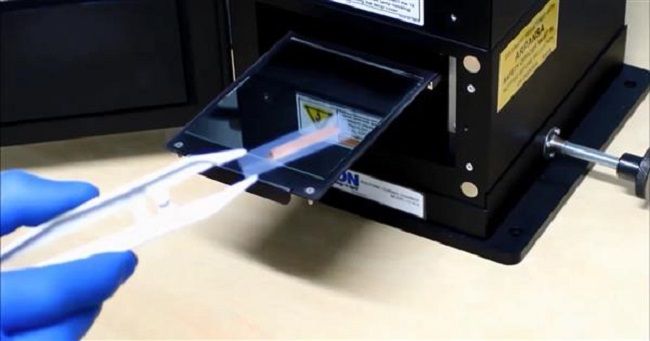After Apple got rid of the headphone jack on its new iPhones yesterday you were probably thinking: How am I supposed to charge my phone and use wired headphones? Fear not dear reader, accessory maker Belkin has a solution. With its $40 Lightning Audio + Charge RockStar adapter (actual product name), the company provides a way for you to replenish that iPhone 7 or 7 Plus battery while still keeping the music going.
What’s more, Belkin’s new dongle supports 48 kHz 24-bit audio output and if you’re still planning to use 3.5mm headphones, it works with the Lightning adapter that comes with the new iPhones. Remote control and voice cues from Apple’s headphones are also still in play. If you need to pick one up so that you can listen while you recharge, you’ll be able to do so October 10th. Now when you head out of the house you’ll need to remember this dongle, the adapter, your headphones and a charging cable. Or you could just go with one of many wireless options if you desire less clutter.






